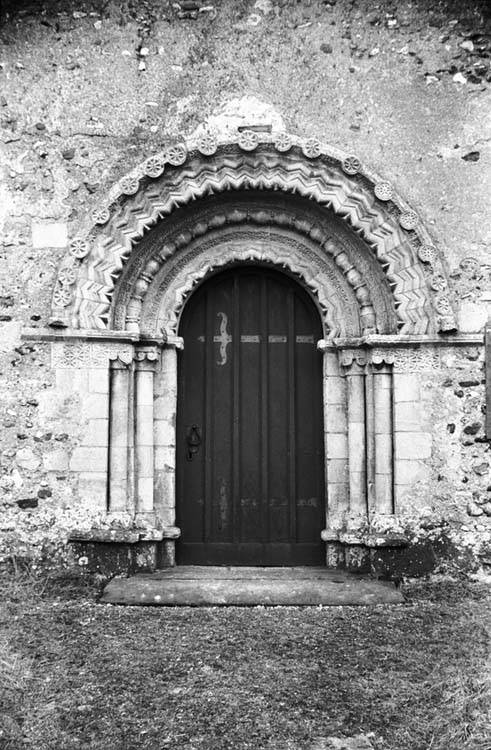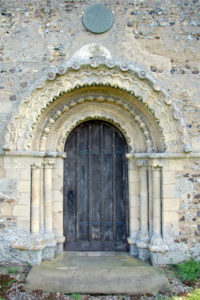Hales St Margaret



























































































































































































































































St Margaret's Church Hales
Where to find this church
Church Information
St Margaret’s Church is located in Hales, a Norfolk village. It is in the care of the Churches Conservation Trust.
* denotes external links that open in a new window



Visiting Hales St Margaret
If you were to ask me: “I don’t have time to visit over 200 Round Tower Churches; if I can only visit one in my lifetime, which one would you recommend?”, I would answer immediately and without any hesitation: “Of course St Margaret’s in Hales!” This is the first round tower church I ever saw, and I was so impressed by it that my interest in these type of churches began, and eventually resulted in the creation of my first website. It is still my favourite church (in the world!), it is the church we have visited most often (in fact a must on almost every visit to East Anglia), and it is the church that comes closes to the traditional look of medieval churches. The roof is thatched throughout in the traditional way, and it just has a really great atmosphere because it is very plain and simple, what I like most in country churches. But before I go on raving about it, here are some facts about the St Margaret’s in Hales.
It is another church that is now standing far from any houses. It has been cared for by the Churches Conservation Trust since 1974. It is more or less unchanged since it was first built in the 12th century. It still has fine 12th century doorways on both sides of the nave, and the chancel retains its apsidal east end. Some of the pilasters, the flat buttresses, can still be seen supporting the chancel walls. The windows were updated in the 13th century, but at the east end there is still some 12th century stone blind arcading with rounded arches for decoration. The north doorway has an outer order of spoked wheels with stars between, chevron, stars, bulbous bobbin, stars and chevron patterns. Its capitals, supported by two shafts each side, are also carved, mostly with stars. The south doorway has an outer moulding of lozenges with pellets, a roll moulding, chevrons, labels with beading (little holes), roll moulding, with plain cushion capitals. On its jambs are votive crosses, cut into the stone. Several Mass Dials are also to be seen on the door jambs and the south-west quoin. These early sun-dials indicate the time of the Mass Services by a marked ray, on which the shadow of the gnomon (pointer in the central hole) fell. They can be found on the south side of many churches, but are not always easy to spot! The whole church is covered with reed thatch, as it would have been originally.
The tower is 12th century, but the top part was rebuilt in the 14th century, with different flintwork including some brick. The shallow chequer parapet of black and white cut flints and some early brick was added in the 15th century.
The 12th century tower arch was blocked in the 18th century, when a gallery was added across the west nave. Below the gallery stands the late 15th century lion font, with seated lions round the stem, and angels with shields alternating with Tudor (double) roses round the bowl. There are demi-angels with overlapping wings supporting the bowl.
The nave walls show traces of wall paintings, a painted niche by the north-east window, St James the Great in the south-east window reveal, and angels at the springing of the chancel arch. There are further 14th century decorations and painted niches on the east wall of the chancel apse. The altar is made from an old altar, a mensa of blue lias stone, found up-side-down in the nave.
Conclusion: the one Round Tower Church you HAVE to see!



